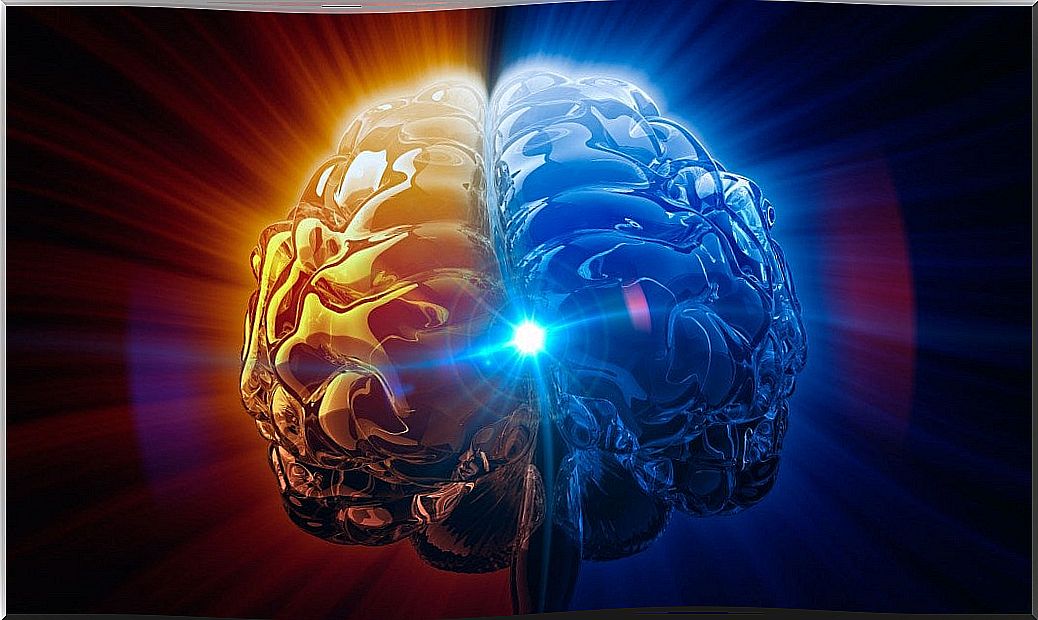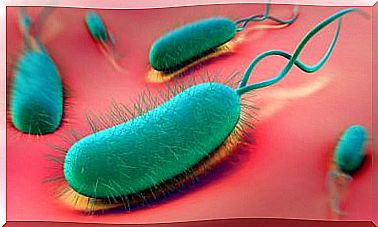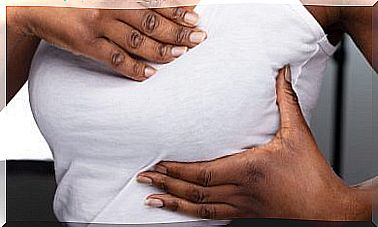Inhalant Use Disorders
Inhalant use disorders are much more common than we think. Studies have been conducted showing that nearly 22.3% million Americans have used inhalants at least once in their life.
It is important that the population is aware of the dangers posed by any of the inhalant use disorders. An abuse of these substances can translate into an alteration in the rhythm of the heart leading to death, both due to cardiac arrest and asphyxia.
In addition, regular abuse of inhalants can cause serious damage to vital organs such as the liver, heart, brain, and kidneys.
Do we know what inhalant drugs are?

Inhalants are volatile substances that produce chemical vapors. These are inhaled and cause effects in the brain. This definition encompasses a wide range of chemicals that can have various pharmacological effects whose abuse is fatal to the body.
Inhalants can be classified into 4 groups:
- The first is volatile solvents, which are liquids that vaporize at room temperature. They are found in day-to-day products such as thinners, paints, grease removers or gasoline, among others.
- The second is aerosols, which are sprays containing propellants and solvents. This type of inhalants can be found in products such as hair fixers, spray paints, deodorant sprays or vegetable oil sprays for cooking.
- The third is that of gases. This group includes anesthesia for medical use (ether, chloroform, halothane, nitrous oxide), as well as those gases that are used in domestic or commercial products. Among the above, it is nitrous oxide that is most used for recreational purposes.
- Finally there is the group of nitrites. Unlike the others, they do not work in the brain, but rather they dilate the blood vessels and relax the muscles. Also, while the inhalants of the other groups are used primarily to alter mood, nitrites are primarily used to enhance sexual pleasure.
Mechanism of toxicity of inhalants
Inhalant use disorders are caused by their ability to alter brain function. However, they are not all that affect the brain.
As we already know, nitrites dilate and relax blood vessels instead of reducing the activity of the central nervous system. This causes a pleasant effect to occur like other substances do.
Animal studies have been conducted. The results suggest that several of the volatile solvents and anesthetic gases that are abused have neurobehavioral effects and mechanisms of action similar to those of central nervous system depressants such as alcohol or sedative drugs.
On the other hand, the dopaminergic system has also been shown to be involved in the rewarding effects of almost all drugs of abuse.
Inhalant use disorders
When these substances are breathed in, they are quickly absorbed through the lungs and into the blood. From here, they are rapidly distributed to the brain and other organs of the body. Within seconds of inhalation, symptoms of intoxication and other alcohol-like effects appear. Among them we can name:
- Difficulty speaking
- Inability to coordinate movements.
- Euphoria and dizziness.
As the effects are short-lived, users often repeat the dose by successive inhalations. This practice can cause loss of consciousness and even death. After these effects wear off, the patient may suffer from a constant headache and may feel drowsy.
Other inhalant use disorders

In addition to the effects described above, inhalant abusers run the risk of a number of devastating consequences. Fatal heart failure can be triggered shortly after prolonged inhalation.
This inhalant use disorder is called “sudden inhalation death.” And it is associated, above all, with the abuse of butane, propane and chemicals found in aerosols.
Other inhalant use disorders that may appear in regular users are:
- Suffocation – Occurs from repeated inhalations, causing high concentrations of inhaled vapors to replace oxygen.
- Suffocation : by blocking air from entering the lungs when vapors are inhaled from a plastic bag placed over the head.
- Seizures – These are caused by electrical shocks to the brain.
- Eat : the brain turns off all body functions except those that are vital.
- Choking : occurs when you inhale the vomit produced after using inhalants.
- Fatal trauma : from accidents caused by intoxication.
Now that we know the consequences of these types of disorders, we must be more cautious than ever. Remember to go to your doctor before any risk of poisoning.









